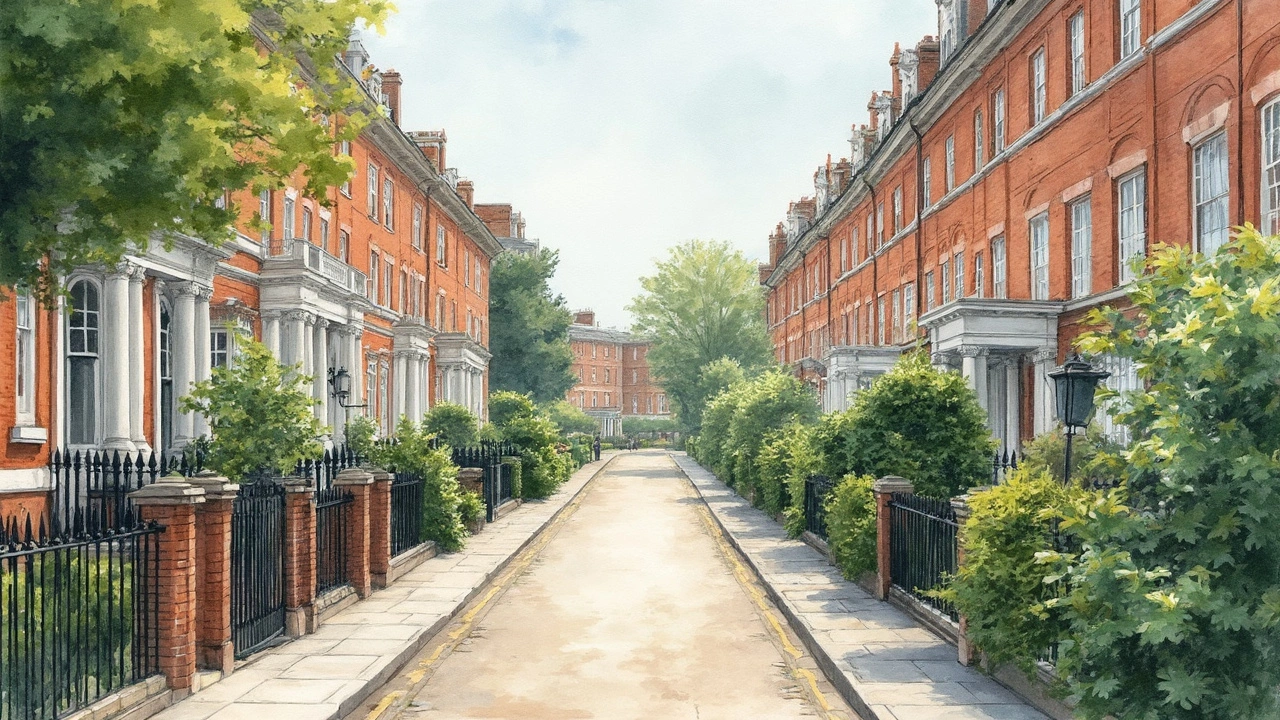Heritage buildings: how to spot, visit, and protect historic architecture
Heritage buildings are more than old bricks and fancy facades. They hold craftsmanship, local stories, and design ideas that shaped neighborhoods. If you care about cities or just love cool buildings, learning a few basics helps you see what matters and why it should be saved.
Quick ways to recognize different styles
Look for simple clues. Rounded arches and heavy stone usually point to Romanesque or Roman influence. Pointed arches, flying buttresses, and stained glass belong to Gothic styles. Big domes and mosaics often mean Byzantine roots. Symmetry, sash windows, and brick facades lean Georgian or Colonial. Ornamented columns and grand staircases are classic Beaux-Arts or Renaissance Revival. Craftsman homes show exposed rafters and built-in woodwork; Art Nouveau has flowing, nature-like details. Spotting one or two features will often tell you the building’s story.
Want examples you can check right away? Find a local courthouse, church, or train station—many are heritage sites. Use a camera to note details and compare them with short guides or the posts on this tag page to match styles and eras.
How to visit and act responsibly
When visiting a heritage building, follow simple rules: stick to paths, avoid touching fragile surfaces, and respect restricted areas. Book guided tours if they’re offered—guides share conservation issues you won’t read about online. Photograph with natural light and without flash where asked. If you see damage or graffiti, report it to the site manager or local heritage office rather than trying to fix it yourself.
Tour planning matters. Visit off-peak hours for better photos and quieter rooms. Check opening times and any conservation work that could limit access. Small donations or paying for a guided tour are practical ways to support upkeep.
If you own or live in a heritage property, maintenance beats crisis repairs. Keep gutters clear, use breathable paints on old masonry, and consult conservation specialists before altering original features. Adaptive reuse—turning a disused building into housing, a shop, or a gallery—keeps heritage alive and useful, avoiding neglect and decay.
Local groups and registers are useful allies. Join a civic trust, follow your local heritage body, or read preservation posts on Macklowe Art & Architecture to learn best practices and advocacy steps. Small actions—raising awareness, volunteering, or backing sensitive restoration projects—make a big difference over time.
Heritage buildings are all around once you know what to look for. Spot the signs, respect the rules when you visit, and support sensible conservation. That way these places keep telling their stories to the next generation—and you get better stories to tell on your travels.

Colonial Architecture: Exploring Timeless Styles and Historical Influence
Explore the rich world of colonial architecture—its styles, history, and legacy. Learn fun facts, useful tips, and why colonial homes are still beloved today.
Read more